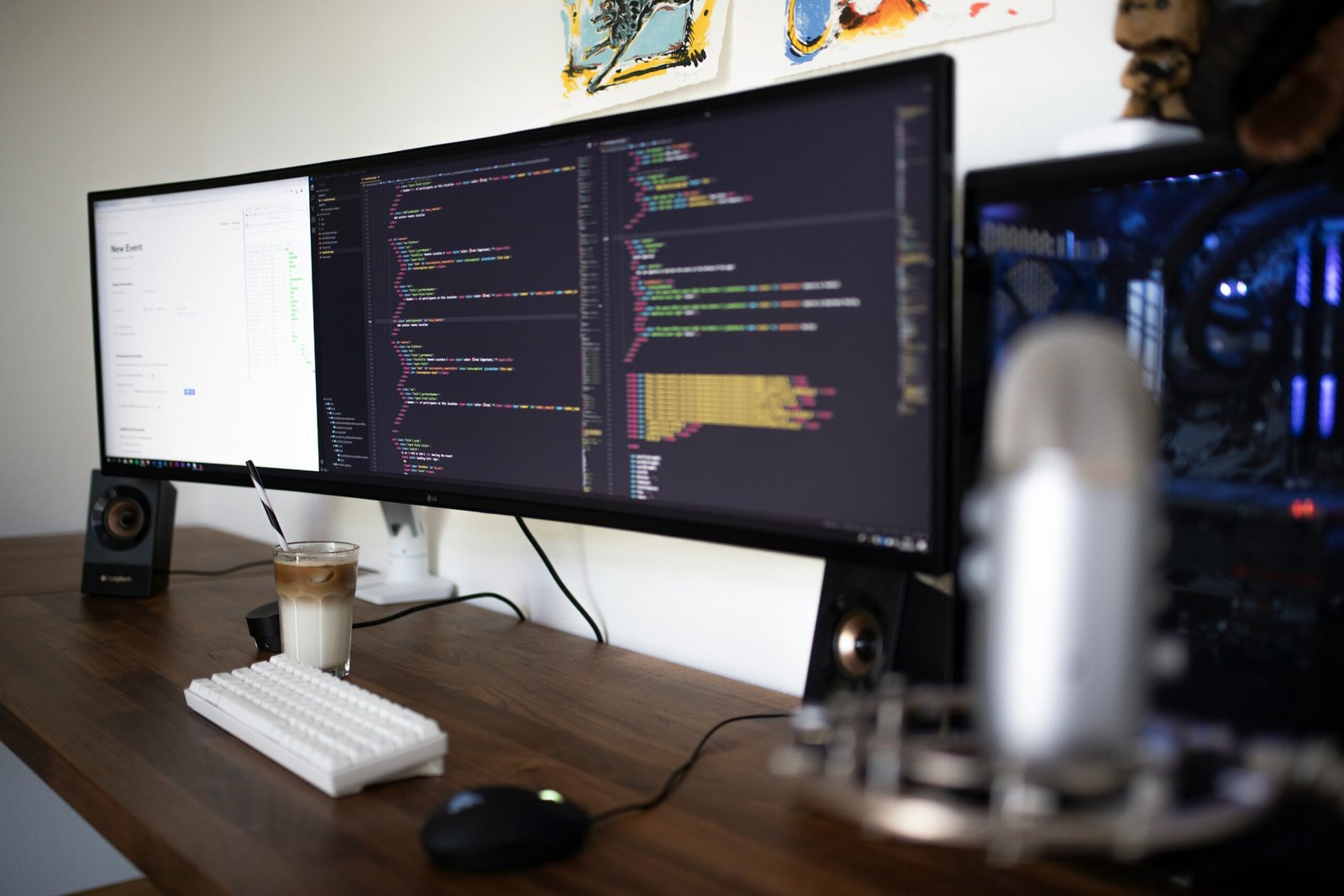
Photo by <a href="https://unsplash.com/@homajob" rel="nofollow">Scott Graham</a> on <a href="https://unsplash.com/?utm_source=hostinger&utm_medium=referral" rel="nofollow">Unsplash</a>
Emerging Software Development Trends
In 2023, the software development landscape is witnessing a significant transformation, driven by several key trends that are reshaping the industry. Among these, the increased adoption of DevOps and continuous integration/continuous deployment (CI/CD) practices stands out as a major force. DevOps fosters a culture of collaboration between development and operations teams, enhancing efficiency and reducing the time to market for new features. CI/CD pipelines automate the testing and deployment processes, ensuring that code changes are integrated smoothly and continuously, thereby minimizing disruptions and enhancing overall software quality.
Another notable trend is the rise of low-code and no-code development platforms. These platforms empower a broader range of users, including those without extensive coding expertise, to participate in the development process. By simplifying the creation of applications through visual interfaces and pre-built modules, low-code and no-code platforms are accelerating the development cycle and enabling rapid prototyping. This democratization of software development is fostering innovation and allowing organizations to respond swiftly to evolving business needs.
The integration of artificial intelligence (AI) and machine learning (ML) into software solutions is also gaining momentum. AI and ML technologies are being utilized to enhance various aspects of software, from predictive analytics and personalized user experiences to automated decision-making processes. The incorporation of AI/ML not only improves the functionality and intelligence of applications but also drives innovation, enabling developers to create more sophisticated and adaptive solutions.
As the software industry evolves, cybersecurity remains a critical concern. The importance of secure coding practices and robust security measures throughout the development lifecycle cannot be overstated. Implementing security measures from the onset of development helps in mitigating risks and safeguarding sensitive data. Practices such as code reviews, vulnerability assessments, and the integration of security testing into CI/CD pipelines are essential to ensure that security is an integral part of the development process.
Overall, these trends are driving efficiency, fostering innovation, and enhancing collaboration within development teams. As organizations continue to embrace these emerging trends, the software industry is poised for a future marked by rapid advancements and transformative solutions.
Cutting-Edge Technologies Transforming the Software Industry
The software industry is undergoing a significant transformation driven by the advent of cutting-edge technologies. Among these, blockchain technology stands out for its potential to revolutionize data security and transparency. By enabling decentralized and immutable data ledgers, blockchain is reshaping industries ranging from finance to healthcare, ensuring enhanced security and trust in digital transactions.
Quantum computing is another game-changer, poised to solve complex problems at unprecedented speeds. Its ability to perform calculations far beyond the capabilities of classical computers opens up new horizons in fields such as cryptography, materials science, and artificial intelligence. Although still in its nascent stages, the integration of quantum computing into software development promises to accelerate innovation and solve previously intractable problems.
Edge computing is also making waves by bringing computation closer to the data source, thereby reducing latency and improving real-time data processing. This technology is particularly beneficial for Internet of Things (IoT) applications, where rapid decision-making is crucial. The proliferation of edge computing is enhancing the performance and efficiency of software solutions in various sectors, including manufacturing, transportation, and healthcare.
Advancements in cloud computing continue to shape the software landscape, with multi-cloud and hybrid cloud strategies gaining traction. These approaches offer greater flexibility, scalability, and resilience, allowing businesses to optimize their IT infrastructure and software deployment. The integration of cloud-native technologies and microservices architecture is further streamlining software development processes, fostering innovation and reducing time-to-market.
Moreover, the rollout of 5G technology is set to transform software performance and connectivity. With its high speed, low latency, and increased bandwidth, 5G is enabling seamless connectivity and enhanced user experiences. This is particularly relevant for applications requiring real-time interaction, such as remote surgery, autonomous vehicles, and smart cities.
Lastly, augmented reality (AR) and virtual reality (VR) are creating immersive user experiences that were once the realm of science fiction. These technologies are finding applications in diverse fields, from gaming and entertainment to education and training. By overlaying digital information onto the physical world or creating entirely virtual environments, AR and VR are enhancing user engagement and interaction in unprecedented ways.
In conclusion, the integration of these cutting-edge technologies is driving innovation and growth in the software industry. As businesses and developers continue to harness the potential of blockchain, quantum computing, edge computing, cloud strategies, 5G, AR, and VR, the future of software development promises to be both exciting and transformative.




